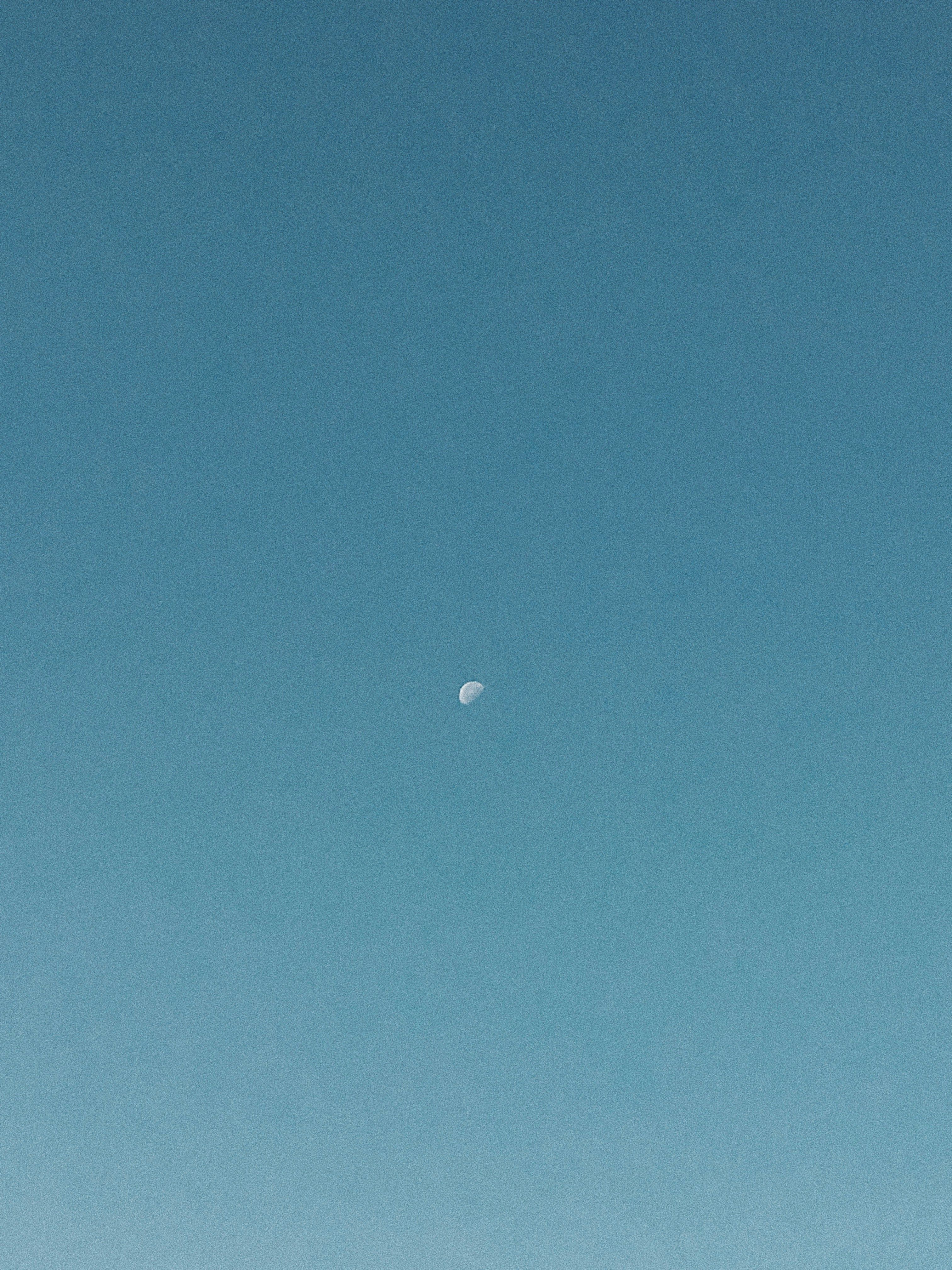Altering the Eye's Windshield: A New Perspective
Spot a cloudy windshield? It's a sick cornea begging for a transplant.
Marie-Eve Cousineau, your friendly guide: Here's what you need to know:
- Every year, around 1000 cornea transplants are performed in Quebec thanks to generous donations from the deceased.
- Two eye banks, one in Montreal and one in Quebec City, work tirelessly to analyze the tissues and prepare them for transplant.
- Hema-Quebec is devoted to finding donors to fill the demand, often having to import 25% of corneas from the United States due to insufficient supply.
- Unlike other organ transplants, compatibility between the donor and recipient isn't an issue for cornea transplants.
Meet Flavie Camirand – the 30-year-old lawyer who battled a rare parasitic infection called Acanthamoeba keratitis.
"I couldn't even tell you how many fingers were in front of me, at 200 centimeters. It was like a generalized white blur," Camirand recollects.
The infection left her right eye's cornea foggy and opaque. After aggressive treatment and a one-hour procedure, she gained perfect vision – all thanks to a cornea transplant.
Caring for Cloudy Vision
The eyes banks receive the corneas from donors, carefully preparing them for transplant. Remember, there's always someone on call to ensure a speedy response when someone hurts their eyes.
The tissues are stored in a refrigerator and can survive for up to 14 days, but ideal for transplant within 7 days. Under a microscope, the corneas are examined for any damage or traces of disease that might disqualify them for the transplant.
Sadly, about half of the donated corneas are rejected due to insufficient cell count, scars, or potential transmissible diseases like HIV and hepatitis. But the rejected corneas still have their purpose: teaching, research, or helping patients who are blind or suffer from low vision.
Remember, consent to donate must be given for these additional purposes.
Donations for the Disadvantaged
The shortage of suitable corneas is a persistent issue. Hema-Quebec constantly seeks new donors to supply the hospitals with corneas. Thanks to the eye banks' efforts, they can provide around 75% of the corneas that are transplanted. The rest are sourced from the United States.
The availability of corneas doesn't contribute to any potential waiting times for the surgery, assures Hema-Quebec's spokesperson, Josée Larivée.
Cornea Transplants: The Unsung Hero of Eye Surgery
The cornea, without blood vessels, is a transparent tissue that doesn't require a perfect match between donor and recipient, significantly reducing the risk of rejection. Rejection is still possible but treatable.
Carole Francis, a specialist at the Quebec Eye Bank, emphasizes the importance of cornea donations. "Often, patients say: 'Oh, but I had LASIK surgery to correct myopia, I can't donate.' No, really, there are no contraindications," she explains.
Those who have had cataract or glaucoma surgery can donate their cornea at death, as long as the cornea is still in good condition. It might just be what a patient needs to regain their eyesight.
Common causes of cornea damage or disease that lead to transplants:
- Abnormal curvature of the cornea, such as keratoconus
- Scar on the cornea, caused by infections or contact lens wearers
- Scar due to herpes simplex virus (the virus that causes cold sores in the mouth or on the face)
- Hereditary cornea disease
- Trauma, like a sharp object puncturing the eye
- Marie-Eve Cousineau explained that an annual average of 1000 cornea transplants are performed in Quebec thanks to donations, many of which come from the deceased.
- Due to insufficient supply, Hema-Quebec often imports 25% of corneas from the United States, and the eye banks work diligently to prepare the donated corneas for transplant.
- Unlike other organ transplants, compatibility between the donor and recipient isn't an issue for cornea transplants, making it easier to find suitable matches.
- After aggressive treatment, Flavie Camirand regained perfect vision through a cornea transplant, which taught her the importance of eye health and donations for medical-conditions related to eye health.
- Though about half of the donated corneas are rejected due to potential transmissible diseases or damage, the rejected corneas can still be used for teaching, research, or helping patients with blindness or low vision, after obtaining proper consent.




